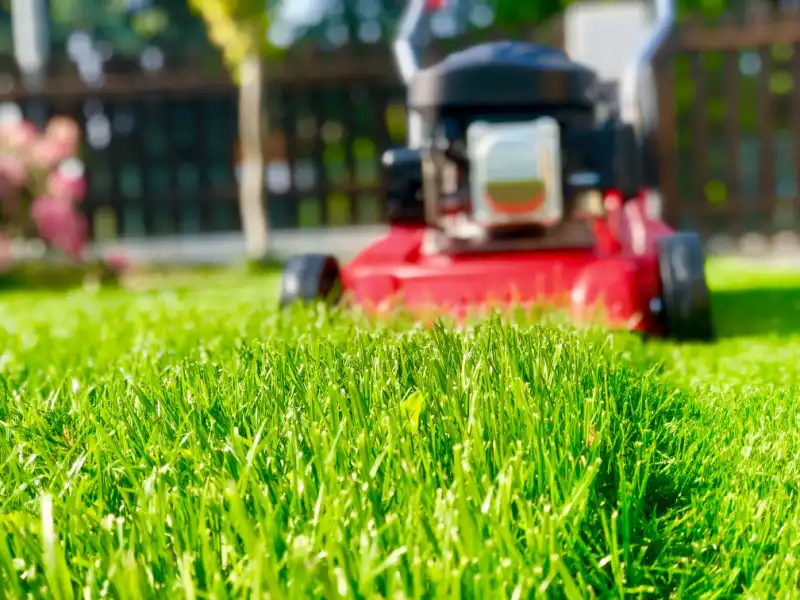
The Grounds Guys provide expert advice on lawn scalping for optimal grass health.
|
You may have heard of the golden rule of lawn care, which is to never cut your grass blades by more than one-third of their length. However, after a long, cold winter, your lawn may struggle to regain its former glory. In some cases, scalping a lawn can help restart its growth, giving your lawn the push it needs for a fast renewal.
Scalping a lawn can be a tricky business and is not right for every type of grass. In this article, we’ll tell you all about lawn scalping, including when to scalp your lawn and what risks to look out for.
What Is Lawn Scalping?
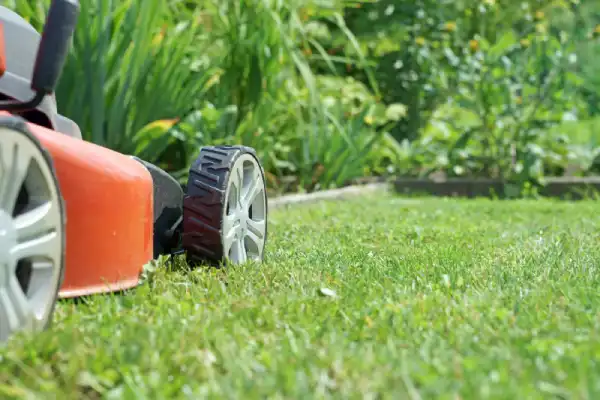
Scalping a lawn means cutting your grass extremely low, even down to the soil level. More technically, cutting your grass down by more than one-third of its length is usually considered scalping.
Lawn scalping isn’t something most homeowners should do regularly, especially if they maintain a regular mowing schedule. However, in some instances, scalping can be a helpful way to promote lawn growth, especially after a winter dormancy.
Which Grasses Do Best with Lawn Scalping?
It’s important to recognize that only certain grasses respond favorably to scalping. Cool-season grasses are not generally good contenders, and only some warm-season grasses are. For instance, Bermuda and Zoysia grasses are suitable for scalping, while St. Augustine and centipede grasses are not.
What Are the Benefits of Scalping a Lawn?
Warm-season grasses go dormant in the winter and may struggle to start growing again in the spring. Scalping clears away all the excess, allowing sunlight and nutrients easier access to your soil. This process can give your grass a growing boost, allowing you to enjoy a green, lush lawn earlier in the season.
The following are further benefits of lawn scalping:
Gets Rid of Thatch and Debris
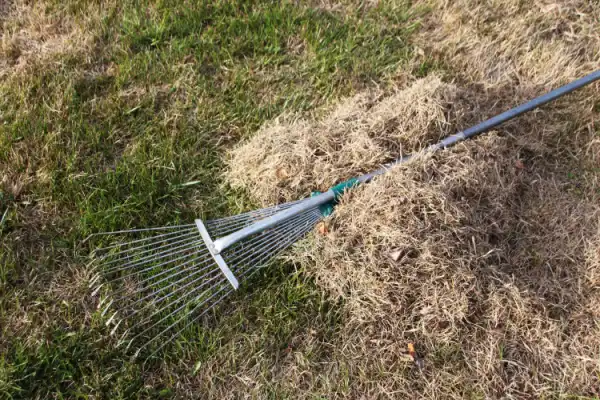
Over a long winter, a layer of dead grass, old leaves, and other debris can build up on your lawn. This layer creates a barrier, which can block sunlight, water, and nutrients from making it to your soil.
No Chemicals Required
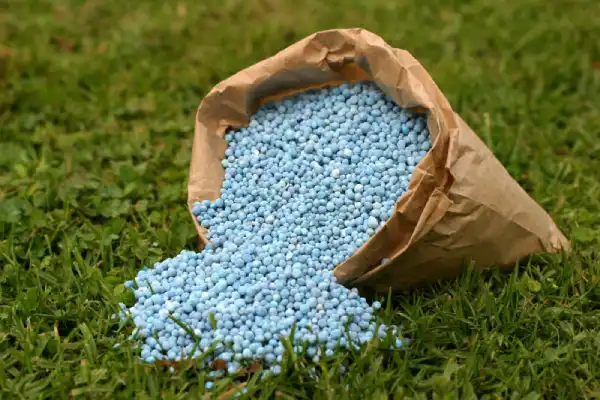
Not every homeowner wants to use chemicals to green up their lawn. Scalping is a natural way to encourage lawn growth without any chemicals.
Easier Seed-to-Soil Contact
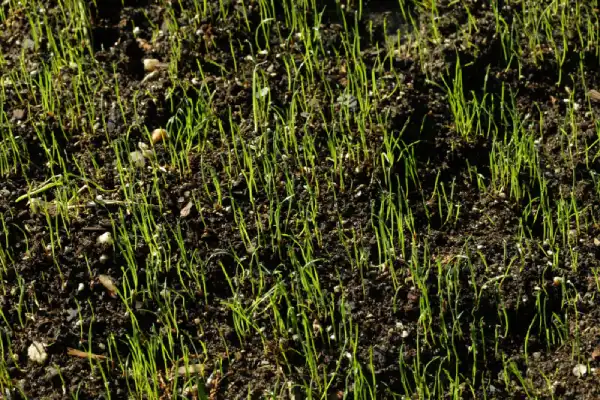
Many homeowners reseed after the winter, especially if they have thinning or bare spots in their lawns. Scalping makes it easier for seeds to find the soil and begin growing new, healthy grass.
Helps Prevent Weeds and Insects
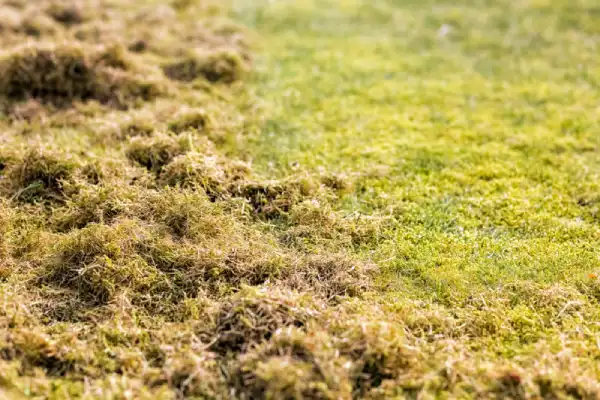
Nasty weeds and destructive insects thrive in layers of thatch and debris. By clearing this out during a scalping, you’ll make it harder for critters and weeds to take hold.
When Is the Best Time to Scalp Your Lawn?
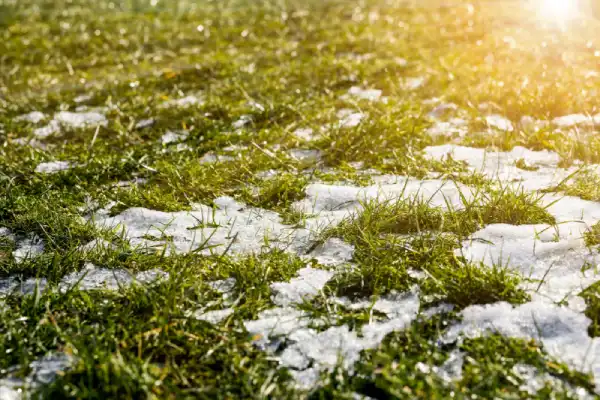
The best time to scalp a lawn is typically in the early spring when the grass is coming out of its winter dormancy. Geography also plays an important role in determining when to scalp a lawn. For example, if your area is prone to late cold snaps, you may want to wait longer to scalp your lawn. Frost can damage the grass. On the other hand, waiting too long can also be a mistake, as too much heat can also hurt your lawn.
What Are the Risks of Scalping a Lawn?
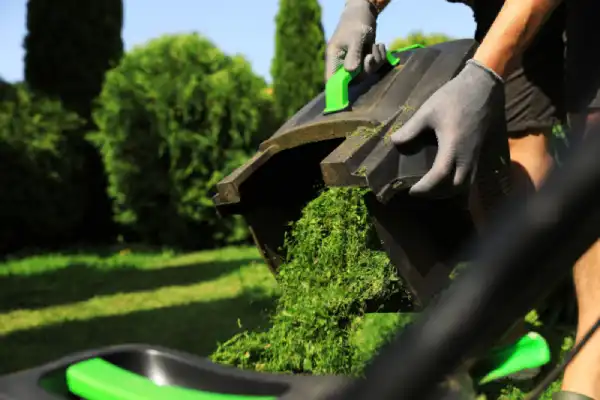
There’s a reason why lawn scalping isn’t universally recommended. First, cutting your lawn so low will stress out your grass and roots, so you’ll need to give your lawn lots of TLC before and after the scalping.
Timing is everything when it comes to scalping. As discussed, scalping too early can result in damage from cold weather, while cutting too late could leave your grass seared by the sun. Scalping can also reduce the density of your lawn, so it may be a good idea to pair scalping with seeding.
Next, scalping is a time-consuming and labor-intensive project. You’ll likely need to do several passes of your lawn, which can be physically taxing if you have a large or uneven property. You’ll also need a well-maintained mower, which can be an expensive investment if you don’t already have one.
Finally, scalping creates a lot of debris. We strongly recommend against sending your clippings to a landfill. Instead, if you can, put them in green waste bins or bring them to green waste sites in your city.
Lawn scalping can be tricky, but the benefits can outweigh the risks if done right.
Should You Call in the Lawn Professionals?
Scalping a lawn is a great way to promote fast and healthy growth after winter. However, if we’re being blunt, it’s a process that’s easy to mess up. You need to have the right equipment, know how to prep your lawn, and time the scalping process just right.
If you’d rather not bother with all that hassle, contact us. The Grounds Guys® can evaluate your lawn to determine if you’re a good candidate for scalping and then perform the process for you. When you work with The Grounds Guys, you’ll be getting our Neighborly Done Right Promise®, which guarantees high-quality services. We’d be happy to assist you with scalping your lawn, as well as other seasonal chores like fertilizing, aerating, and clean-ups.
We have friendly and reliable landscaping teams across the United States and Canada. Find The Grounds Guys location nearest you and request a free estimate today!